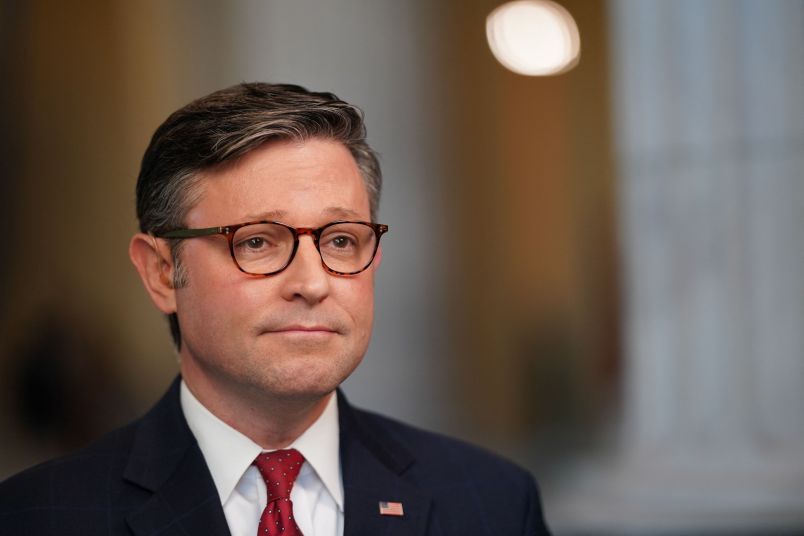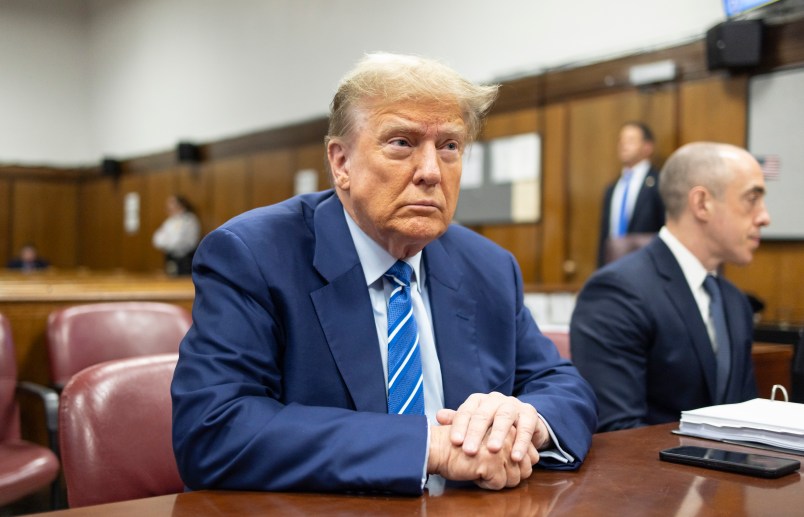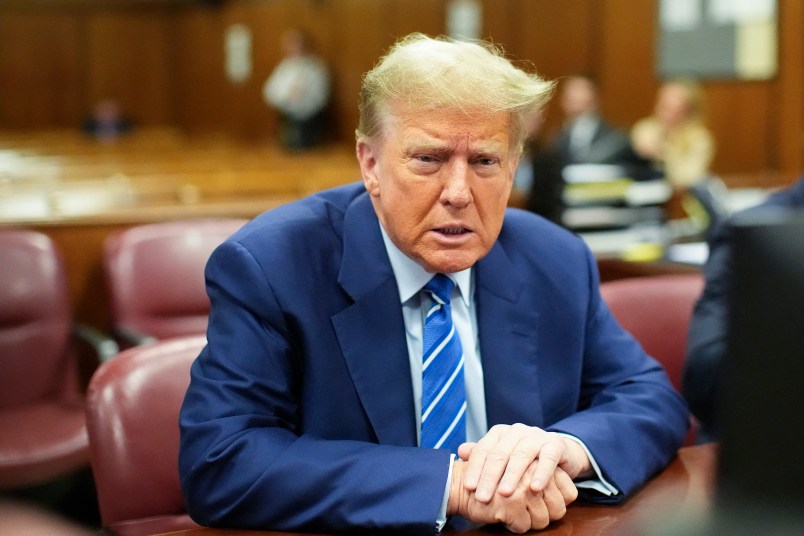I was prepping this morning for the last dry-run for one of the new web shows we’re debuting this month. And I was thinking through the 2012 presidential money chase for story ideas when it occurred to me that one of the most startling facts about this year’s race is sort of hiding there in plain sight: the two major party candidates are both at the extreme opposite edges of the spectrum of how fundraising in this country works, and in ways that mirror their visions and agendas for the country.
We know that President Obama is heavily reliant this year — even more than in 2008 — on sub-$200 donors, something that is especially anomalous for a sitting president. And close election watchers know that Mitt Romney is extremely dependent on a relatively small number of big dollar donors.
This chart from January of this year showed that most of the folks in the GOP field were getting roughly equal amounts of money from donors under and over $200. But Romney was getting almost 10 times the amount of money from the big dollar donors as the small dollar donors (big = $56.4, small = $6.4).
President Obama up till that point had gotten most of his money from small donors (big = $42.6m, small = $63.7). Fast forward to this chart on the March numbers and the balance had shifted a bit for President Obama. But still, the same basic picture.
So what does this mean for the money battle going forward? That’s not entirely clear to me. In a pre-Citizens United world, Romney could have gotten into a real jam late in the cycle. A really big percentage of Romney’s money so far has come from people who have already maxed out. Back in December almost 70% of his money had come from people who couldn’t give again.
So one could imagine getting into late summer and Romney would be having a hard time finding new people to give while the Obama campaign would be able to keep harvesting money from his small donor base. (Things were never quite this restrictive; there are various party committees where candidates can direct money. Still, it could be a real problem.)
But under the Citizens United rules, Romney probably just sends those folks to Crossroad and Crossroads GPS. Not sure he’d ever really run into a problem.
But let’s draw back again to the broader canvass rather than focusing only on the immediate tactical advantages. This isn’t the way this normally works. In modern presidential races, both candidates usually raise their money from a demographically similar, if somewhat ideologically distinct, group of people. They each had their affluent if not downright rich supporters who they got their money from. Here though you’ve got two candidates who are, as I said, on a far extremes of how major races are funded. Not just at the presidential level but at just about every level, an extremely anomalous situation.
To be sure, there are tons of really well off people maxing out contributions and bundling for Obama. It’s not exactly a 1% vs the 99% split. As the GOP’s small donor base gets pulled into the Romney camp, I expect these differences to lessen. But for all that, it’s still a remarkable pattern, not least because it loosely tracks with the agenda and message that each candidate is pushing — Obama as the candidate of middle class voters and a critic of inequality and Romney as the candidate of success and entrepreneurship.
Curious to hear what others make of this.









